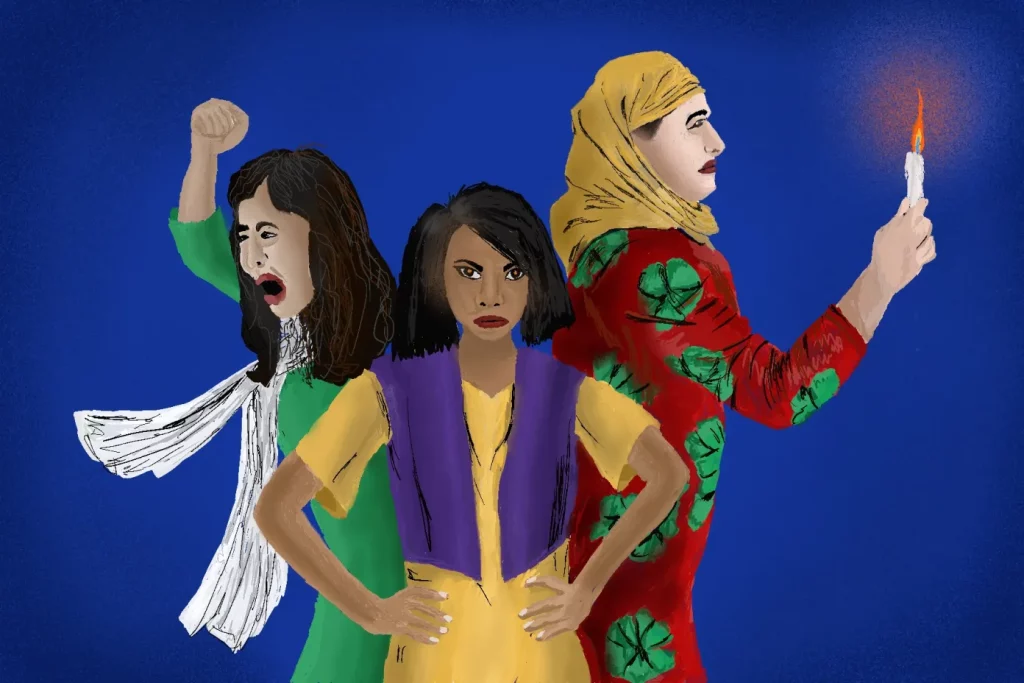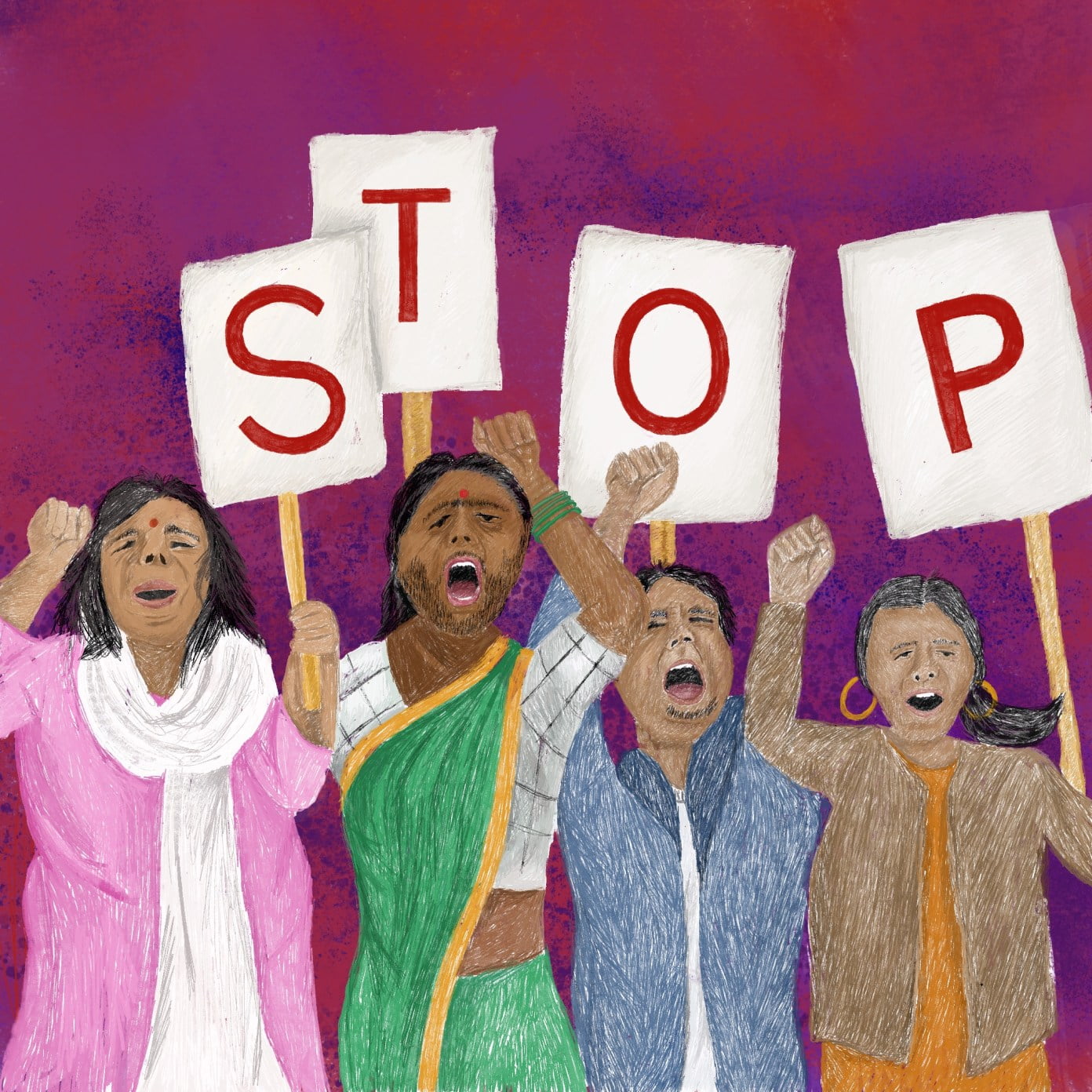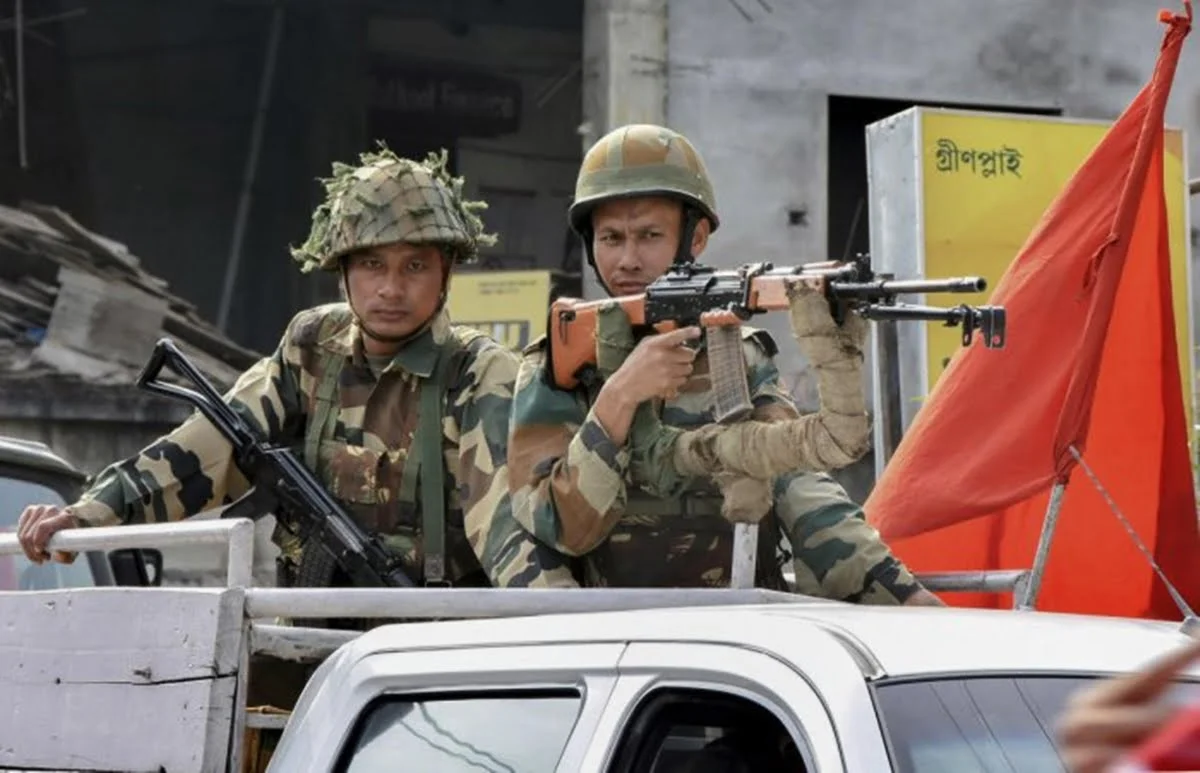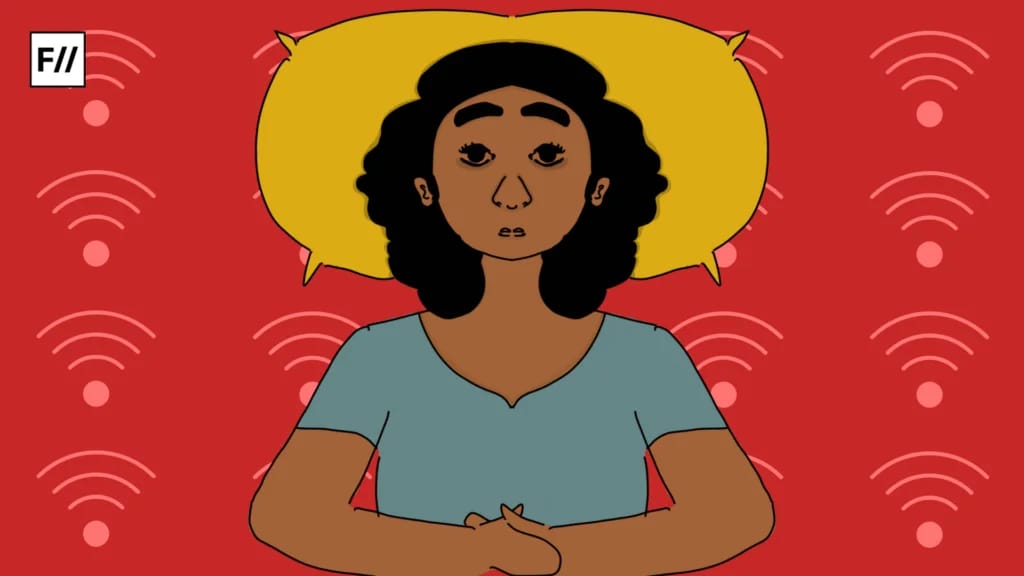Trigger Warning: Rape
On August 12, the body of a 14-year-old girl was recovered from the chaur (a shallow waterbody) some 100 kilometres away from Patna, Bihar. The Dalit minor was raped and brutally killed by six men. The family has filed a complaint against a named person, and five unnamed individuals.
All the accused people belong to the dominant caste of the village and are reported to have abducted the girl from her home at gunpoint. The girl is suspected to have been brutally gang-raped and killed. Sanjay Yadav, the named suspect, went missing after the incident in his Bolero car. He had been hiding in Araria and had been arrested by Bihar police a week after the incident.
All the accused people belong to the dominant caste of the village and are reported to have abducted the girl from her home at gunpoint.
While the family claims that it is a case of rape and murder, the police differ. The family ascertains that the injuries found on the victim’s body (especially private parts) hinted at the girl being brutally raped. Still, the police claim that the injuries were only seen on her limbs and face and thus rule out any chance of gang rape.

Muzaffarpur SSP, Rakesh Kumar said, ‘There were injuries on her face, neck, and left hand. There was no injury on her private parts, as reported by the local media and news portals. The doctors have not confirmed rape in post-mortem. However, the viscera sample has been preserved for further investigation.’ He further adds about the claims made by the family,‘ The mother has filed a written complaint against Sanjay Rai (45) and five unknown persons. Sanjay has left the village with his family after the incident. A person who helped Sanjay in escaping from the village has been detained after interrogation, his SUV has also been seized.
The incident and the aftermath
According to the FIR filed by the mother of the minor girl, Sanjay Rai (Yadav), a 45-year-old man wanted to marry the 14-year-old girl and when the family refused, he threatened to kill her. According to the report, Sanjay is a father of three adult children and his wife is deceased.
A relative of the girl told The Wire that, ‘They were five [people] and had covered their faces. They threatened her with dire consequences and kidnapped her. We searched the village but we could not find her. In the morning, villagers found her body in chaur and informed us.‘ Another relative of the girl added, ‘he proposed many times, but we didn’t want her to marry him. He was angry about this and threatened to rape her.’
After the body was discovered, the police formed a Special Investigation Team (SIT) and began the search for Sanjay Rai.
After the body was discovered, the police formed a Special Investigation Team (SIT) and began the search for Sanjay Rai. Acting on a tip-off, the police team raided his suspected hideout. The suspect’s mobile phone, which he had switched on and used, was traced. On August 19, the prime accused Sanjay Rai was arrested from Bihar’s Muzaffarpur district. Rai has been presented in front of a magistrate and is currently on a 14-day judicial custody.
The differing claims of rape
The mother of the Dalit minor claims that her body was brutally wounded with several injury marks on her private parts, while the police deny it. After the initial investigation, the SIT concluded that there was no apparent evidence of rape.

The SSP Rakesh Kumar denied claims of rape after the initial investigation and said that the girl and Sanjay had conversations on the phone. The Call Detail Records (CDR) show that 420 calls were made between the victim and Sanjay Rai. The police claim that the elder sister of the minor was also in touch with the accused. She had spoken with him on the day of the incident and was not cooperating with the police in the investigation.
While the allegations by the family reported the abduction of the girl, the police alleged that Yadav and the minor Dalit girl met at a deserted place outside the village on August 11 between 10:30 and 11 pm. The SSP claimed that ‘five local people knew about their relationship for 2 or 3 months and didn’t approve of it. They were waiting to catch them red-handed. As soon as the girl arrived to meet Yadac, within 2 or 3 minutes, all five individual confronted them. A heated argument ensued, followed by a scuffle.’
In the police’s narrative, Pankaj Ram, an accused, attacked the girl with a rod and hit her head. He then attacked her with a khurpi and the five men fled the spot. Yadav then tied her limbs, strangled her, dragged her body and buried her, digging the earth with the khurpi. The police have seized the blood-stained khurpi from the crime scene.
After the arrest of the five accused, the police maintained its stance but stuttered to join the dots. Who attacked the girl? Why did the five men flee the scene leaving Yadav alone with the girl? Why did Yadav attach the girl when she came to meet him on her will?
The silenced crime
The incident is complicated and has been reduced to a lore while blaming the victim for her actions. Rape or no rape, a crime has been committed but the police seem reluctant to investigate the caste angle of the scene.
The local residents of the village ransacked the houses of Rai’s aides which led to tension between people belonging to two rival castes in the village.
The local residents of the village ransacked the houses of Rai’s aides which led to tension between people belonging to two rival castes in the village. The police’s side of the story sounds almost too convenient. The abduction is reduced to a planned meet and the assault is reduced to an unacceptance of affair.

The selective bias in protesting for the rights of women has coloured this incident and blurred the idea of justice. The Mahadalit minor girl in this case seems to be forgotten by the masses who otherwise seem sympathetic against gender-based crimes.
Selective outrage on gendered violence and rape and its victims
A biased society gets agitated when the rights of the privileged are violated. The caste bias seems obvious when such cases are received by the society. The minor’s death has been hushed and forgotten. The police are forced to carefully navigate through gender-based violence when society protests and demands justice for the victim but does the outcry only resonate with the caste or status of the victim?
The minor girl is only one story waiting to be heard. Many such rural and oppressed women face violence daily and are conveniently forgotten. The shock that she was dragged from her own home by the dominant caste men and then brutally assaulted and murdered is chilling. What is even more concerning is that there is no candle march demanding justice for the young life lost.
As feminists, it becomes imperative for us to look at the intersectionality of gender-based violence.
No vigils are set to hear her cries and no headlines are exhausted on looking at the controversy from every angle. Very few news articles cover the incident in detail or follow up on the justice delay. As feminists, it becomes imperative for us to look at the intersectionality of gender-based violence. The doubly marginalised suffer the worst and are often left alone to fight for their right of survival.

The Muzaffarpur rape case is a chilling eye-opener with a minor girl being caught up in the whirlwind of patriarchy, power, caste, and bureaucracy. It is time that we come together to fight for those who cannot fight for themselves. This case demands as much spotlight as others because the community that is already oppressed is often conveniently pushed to the margins and forgotten. Even if the girl went on her will, she is a minor being assaulted and should have been protected by the judiciary. A girl failed anywhere is humanity failed everywhere.
About the author(s)
Dr. Guni Vats is an Assistant Professor at the Department of English, Manav Rachna International Institute of Research and Studies. A PhD in Gender Studies, she is a renowned researcher, writer, and scholar.





